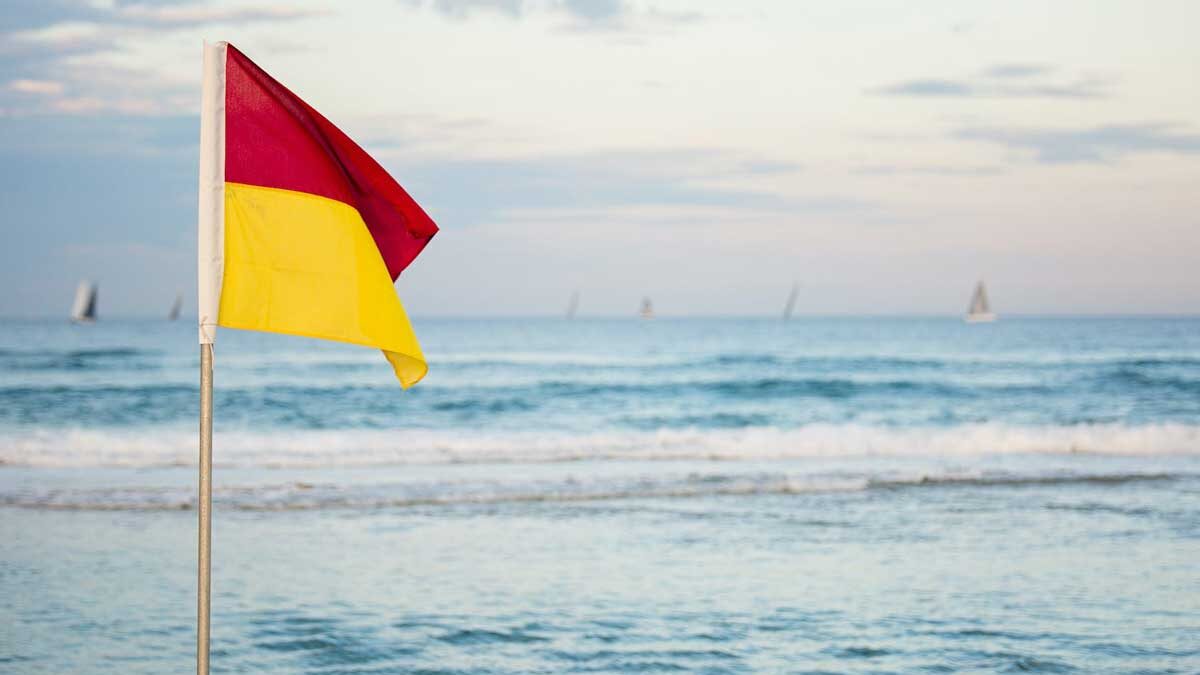
Exploring the Different Types of Surfboards
04/01/2024
Julian’s Top 5 Tips for Beginner Surfers
15/03/2024Surfing Safely: Essential Tips for Ocean Safety
Surfing is not just a sport; it's a dance with the ocean, and understanding the rhythm ensures a safe and enjoyable experience. In this blog post (and also as part of The Loop System), we'll guide you through essential tips for ocean safety, empowering surfers to navigate the waves with confidence. Whether you're a seasoned rider or catching your first break, these tips will help you embrace the thrill of surfing while prioritising your well-being.
1. Know Your Limits:
The ocean is a powerful force, and knowing your limits is the first step to staying safe. Understand your skill level, pay attention to your physical condition, and never push yourself beyond what you're comfortable with.
2. Check the Conditions:
Before paddling out, assess the surf conditions. Be mindful of wave size, tide, and currents. A calm sea one day can transform into a challenging surf environment the next, so always stay informed.
3. Stretch & Warm Up:
It's always a good idea to stretch and warm up your muscles before a surf. You could be having fun in the waves one minute and having muscle cramps the next which will not only impact your enjoyment but could also prove to be dangerous if surfing in big conditions.
Take the time to get some arm, leg and neck stretches in whilst assessing the surf conditions and go for a quick jog away from your board and back to warm up your whole body - the post-surf future you will also appreciate less aches and pains!
4. Know The Flag System:
When surfing, especially if you are a beginner, it is a good idea to keep between the appropriate flags that the RNLI Lifeguards use (in the UK) - Red & Yellow flags are for swimmers and bodyboarders only, Black & White flags denotes the designated surfing area and a Red flag means that the conditions are hazardous and therefore it's not a good idea to go surfing.
5. Respect Rip Currents:
Rip currents are a natural part of the ocean's ebb and flow. Learn to identify them, and if caught in one, remain calm. Swim parallel to the shore to escape its pull, and signal for help if needed.
6. Use the Buddy System:
Surfing is more fun when shared, and safety is enhanced with a buddy. Always surf with a friend, keep an eye out for each other, and be ready to offer assistance if needed.
7. Protect Your Head:
Your head is your greatest asset. Invest in a quality surf helmet to protect against accidental collisions with your board or other surfers. Safety first ensures you're ready for the next wave.
8. Learn First Aid:
A basic knowledge of first aid can make a significant difference in emergencies. Take a first aid course to learn how to respond to common surfing injuries and be prepared for unexpected situations.
9. Respect Local Rules:
Every surf spot has its unique rules and etiquette. Respect the local surf community, follow posted regulations, and be mindful of the rights of others in the water. A harmonious surf environment is a safe one.
10. Stay Hydrated:
Surfing is a physical activity, and dehydration can compromise your performance and safety. Stay hydrated before, during, and after your surf session to ensure peak physical condition.
Surfing safely is not just a responsibility; it's a commitment to the art of riding the waves. By incorporating these essential tips into your surfing routine, you not only safeguard yourself but contribute to a positive surf culture. The ocean is our playground, and with knowledge, respect, and preparation, every surfer can enjoy its beauty safely. So, wax up your board, don your wetsuit, and let's surf responsibly, keeping the stoke alive while ensuring a safe and thrilling ride.
Stay stoked, for now! 🏄♂️🌎✨







